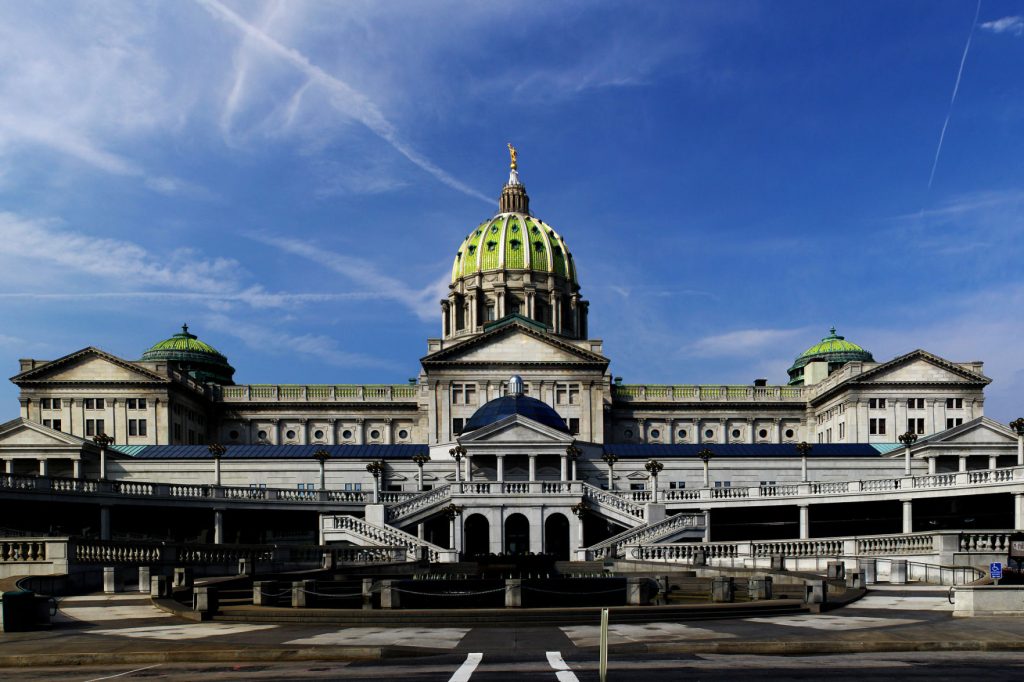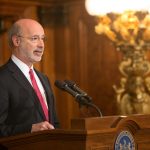HARRISBURG, Pa. – A new analysis of Gov. Tom Wolf’s proposed budget says it makes important progress in some key areas, but fails to meet many critical needs for the state. While the governor’s budget increases spending by $1 billion, two-thirds of that increase is for mandatory expenditures. According to Marc Stier, director of the Pennsylvania Budget and Policy Center, as a share of gross state product, the proposal is still 10 percent below the 1997-2011 budgets, continuing a pattern of austerity. However, it does raise spending in some key areas.”There’s new funding for education at all levels,” Stier said. “There’s a major new initiative in career and technical education apprenticeships, and there are really critical initiatives in human services.”He said the deep, partisan divide in the General Assembly has made raising revenue to meet other state needs extremely difficult.The budget proposal has no broad-based tax increases, but once again the governor is proposing a severance tax on natural gas drilling. Stier pointed out that raising more revenue is critical because there are still many areas where additional state funding is needed.”We still have the most unequal funding of education in the country,” he said. “There are roads and bridges that need repair, and there are really important investments that we should be making in human services to help every Pennsylvanian live a dignified and fruitful life.”He added that the expansion of fracking has increased threats to air and water while the Department of Environmental Protection still is suffering from cuts imposed by the Corbett administration.Wolf also is proposing to raise the state’s minimum wage from the federal minimum of $7.25 an hour to $12 an hour – the first increase in almost a decade. Stier said that would help balance the budget.”It would bring in another $100 million in revenues, and it would reduce state spending by $100 million,” he said. “So that’s a $200 million plus on the state’s balance sheet.”The new fiscal year will begin on July 1.
Analysis Shows Advances, Continued Austerity in Governor’s Budget




